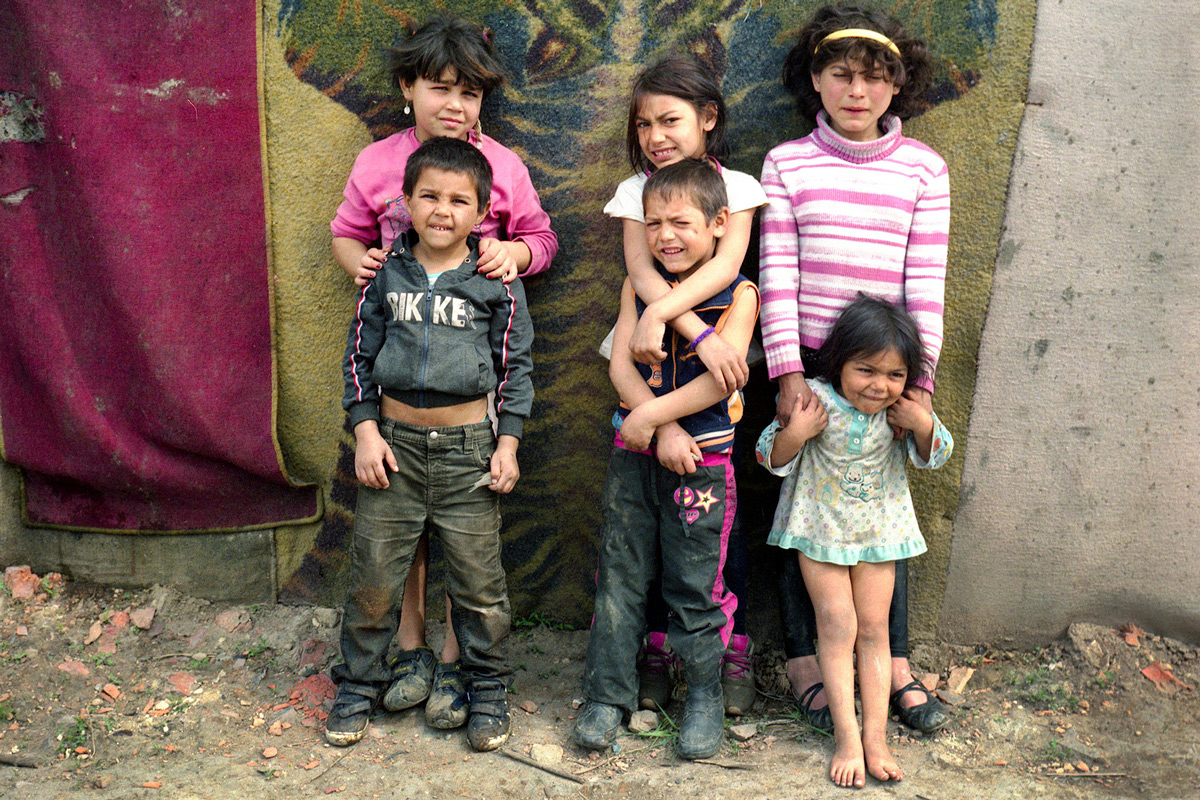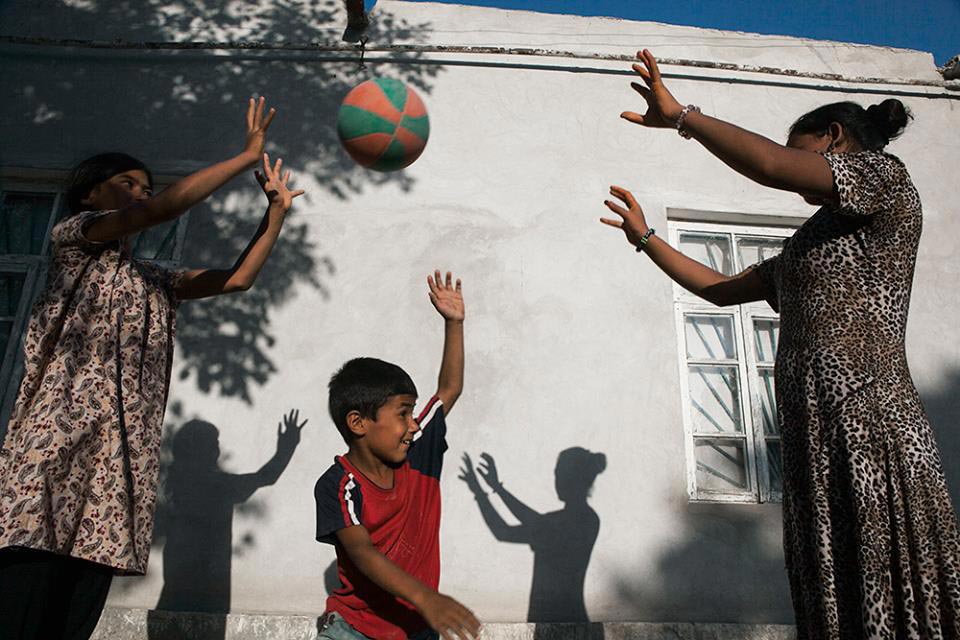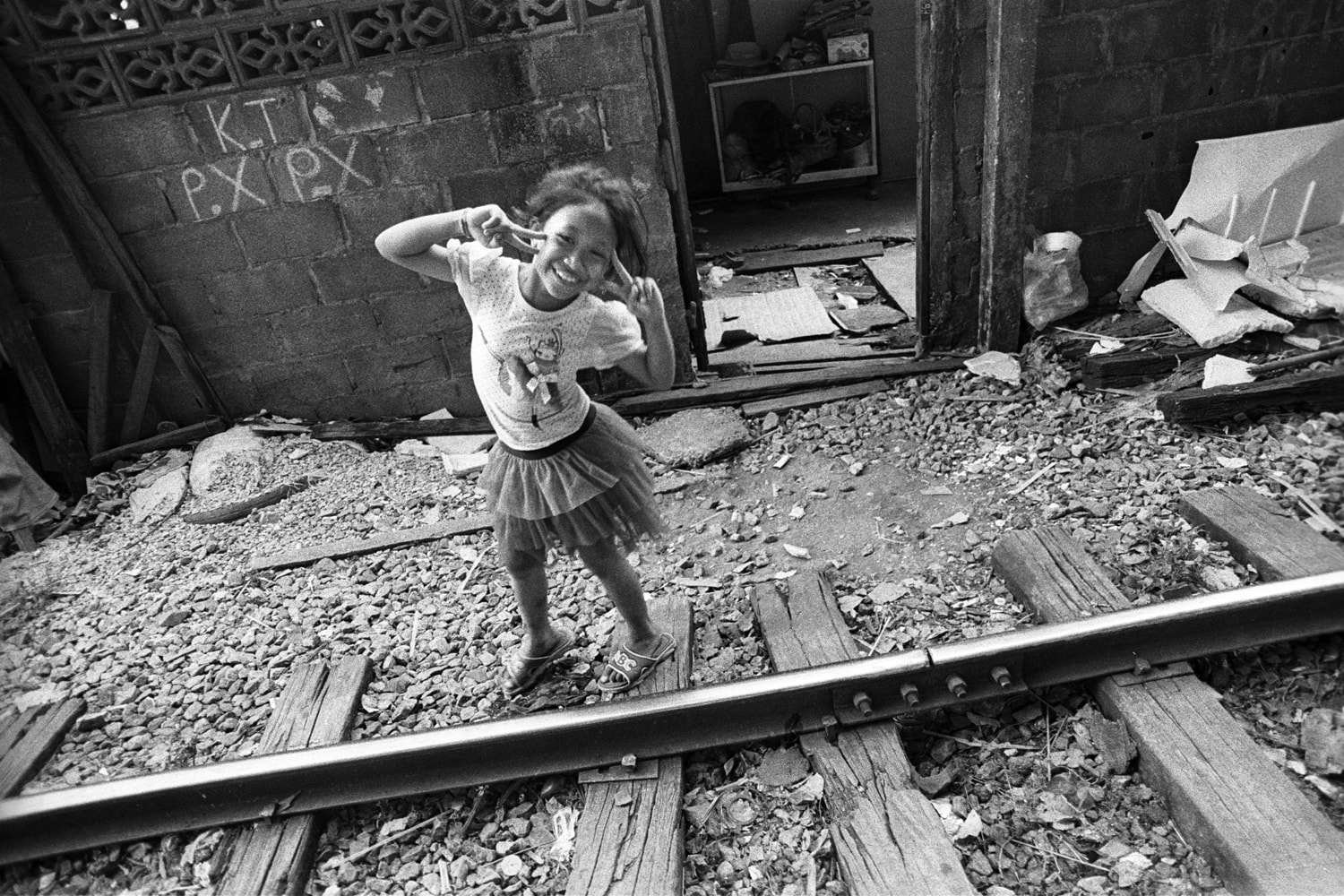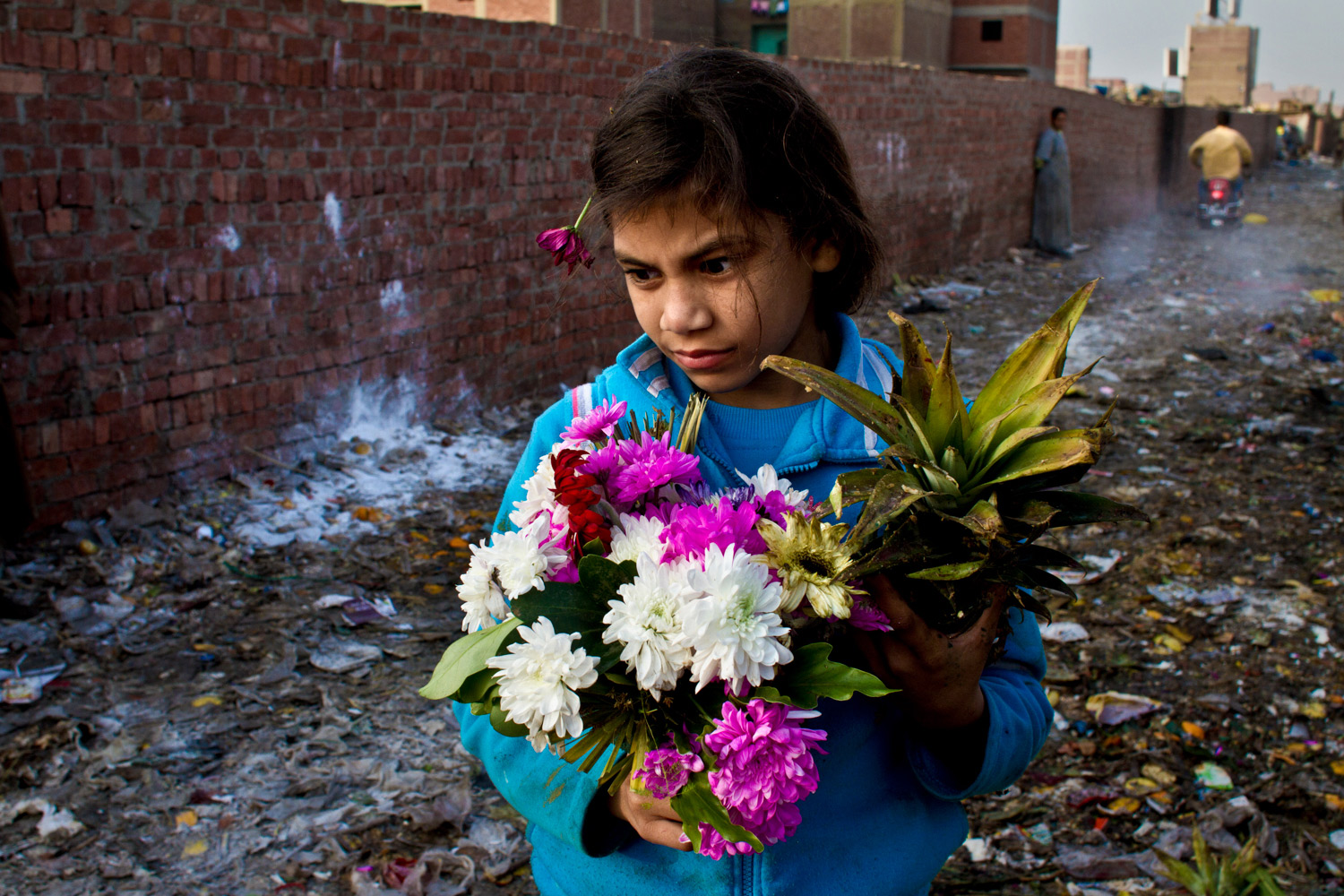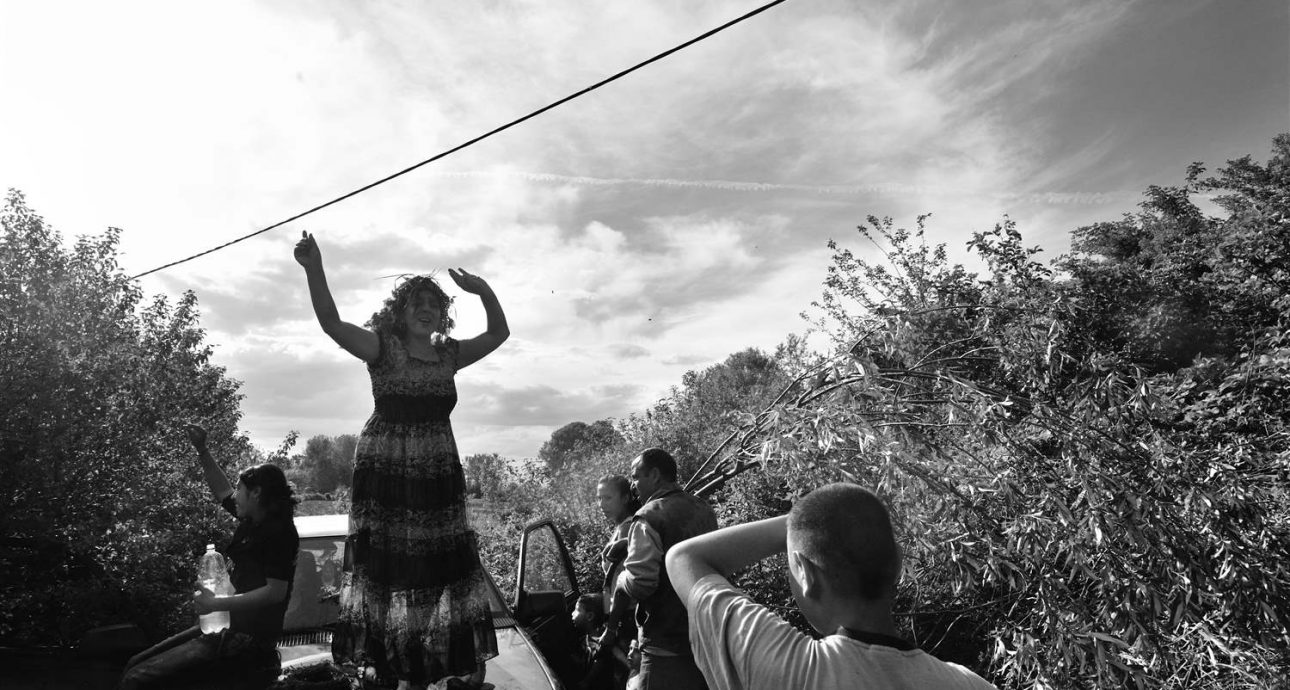
Bad People Don’t Sing: Romas of Serbia Celebrating St. George’s Day

Lives in Bologna. Graduated from the Architectural and Urban Photography School in Valencia. Focuses her work on social issues. Winner of Sony World Photography Awards and Pictures of the Year International. In 2015 PDN magazine listed her as one of the best 30 emerging photographers.
I didn’t have any particular expectations, as I’ve never had any contact with Roma people before. I went to a Roma settlement near the city of Kraljevo in Serbia during the days of their spring festival, Djurdjevdan or Ederlezi, straddling the Christian St. George’s Day. This festival marks the beginning of summer, and it is associated with fortune and good luck. I thought it would be more difficult to gain their consideration and confidence, as some communities in Italy are quite closed towards other non-Roma people. Fortunately that wasn’t the case, we liked each other right away and we soon forgot our belonging, our differences.
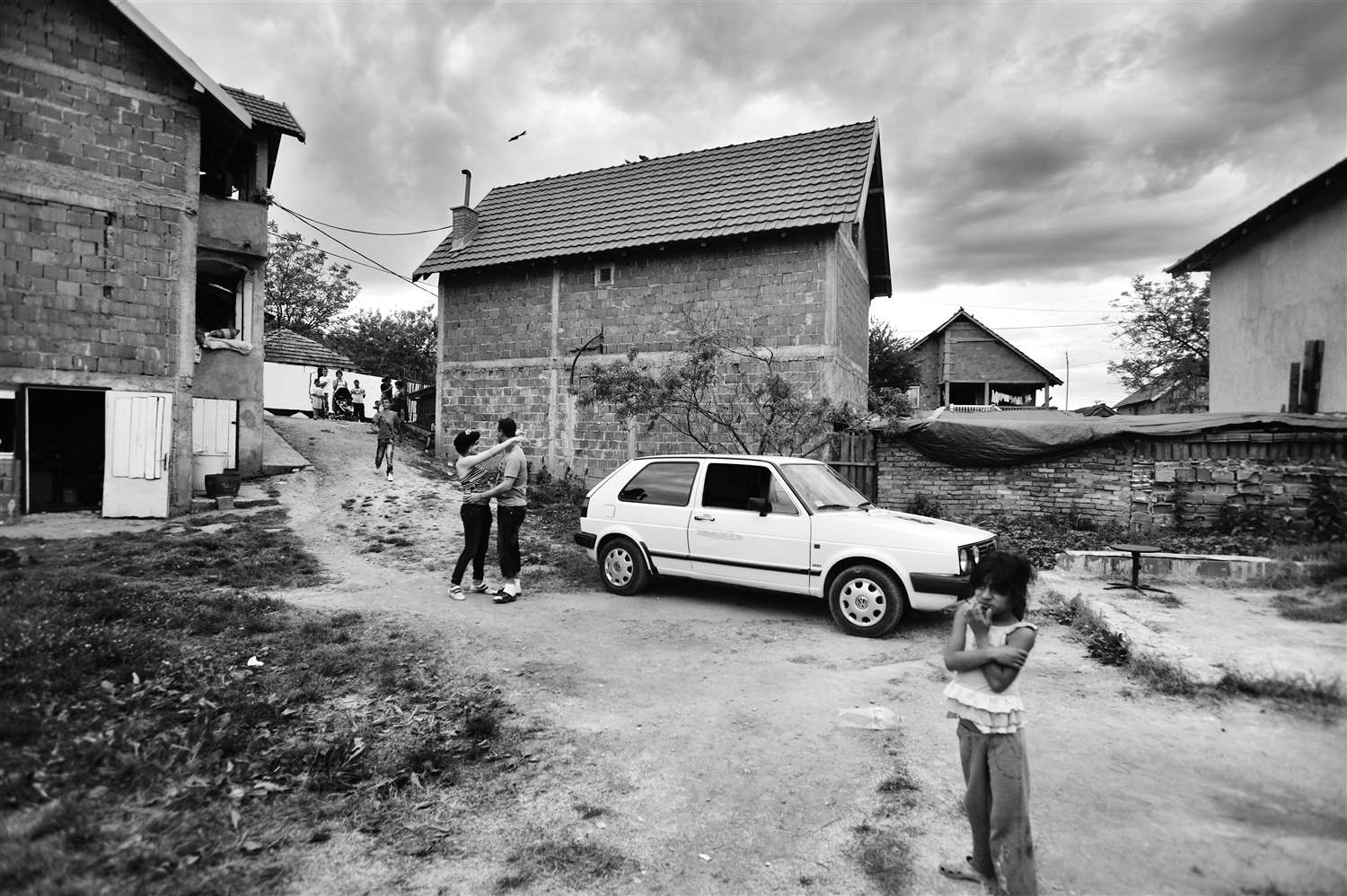

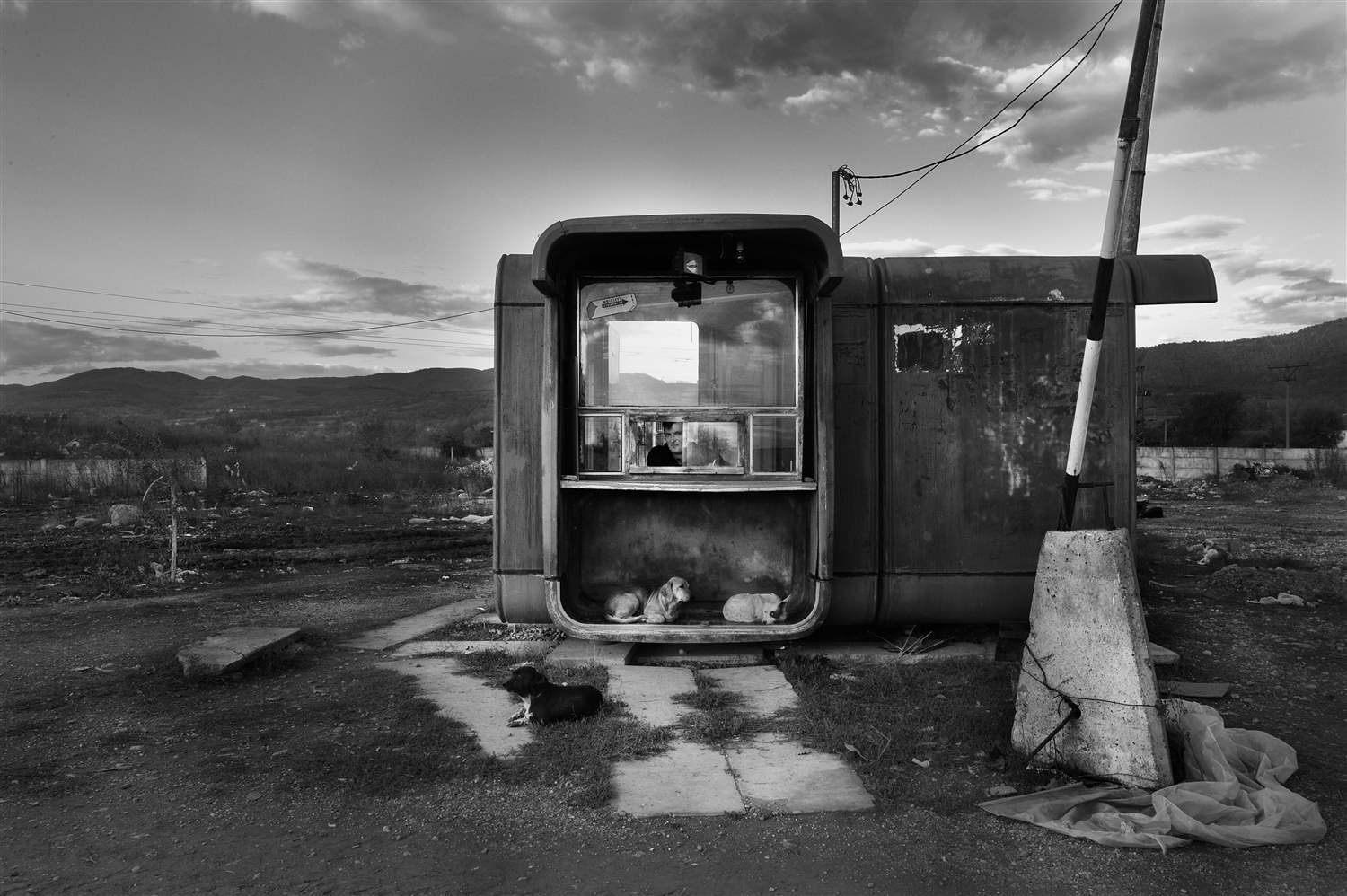
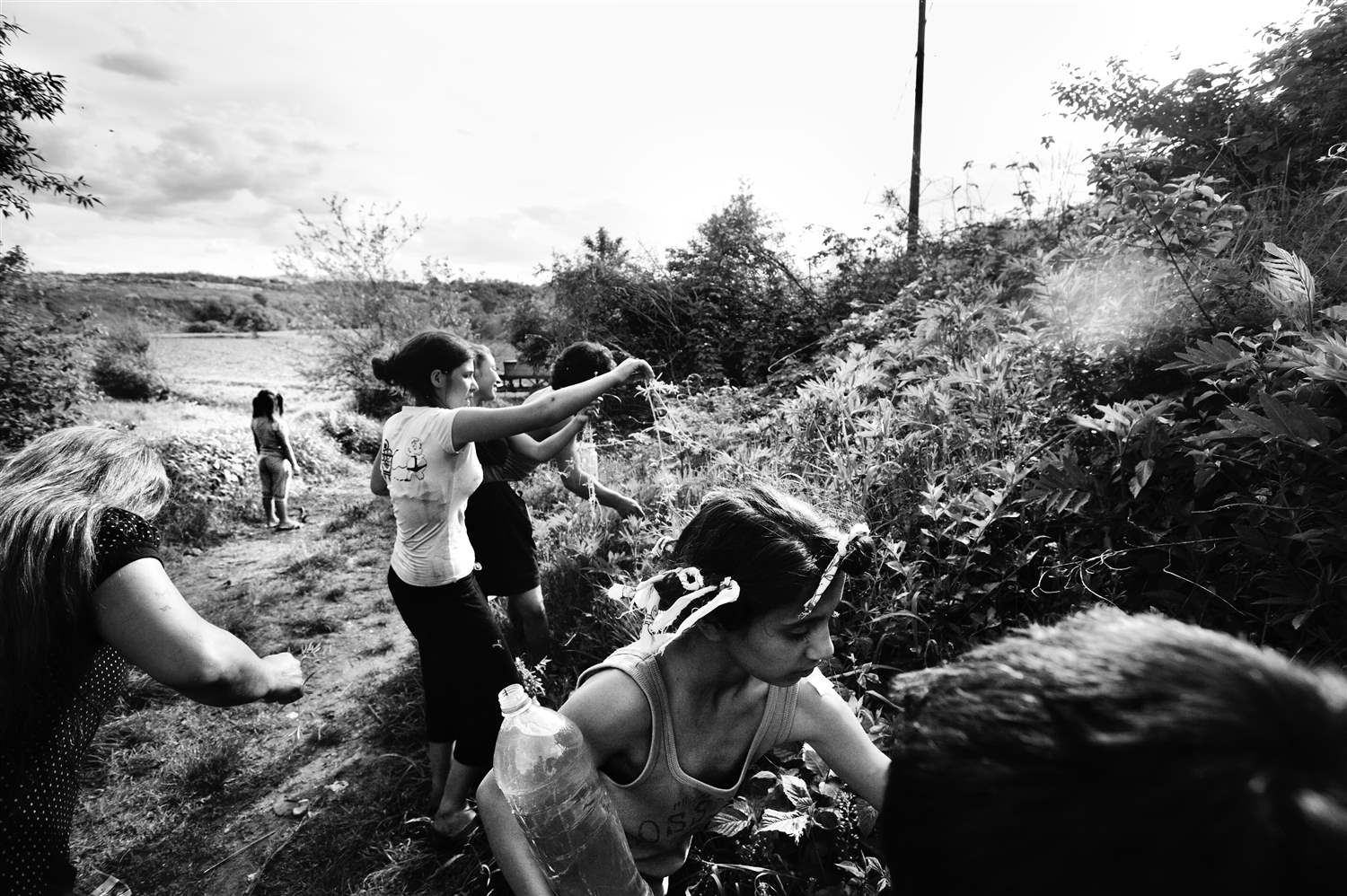
Many people don’t like them because probably they don’t know them enough. To me they seemed like really happy, cheerful and generous people. Always welcoming me, always offering me coffee or a piece of roasted lamb. On the other hand, they belong to a quite radicalized society, and are not entirely open to change and, therefore, to any compromise for a better integration. When the municipality of Kraljevo undertook to give them new, permanent houses, they encountered many obstacles as most of the Roma people living in the settlement did not want to separate and leave their ‘microsystem’.
I didn’t get a good idea of their ordinary lives, as I went there during a very special period and everyone was busy getting ready for the celebrations. What I could perceive though is that they are organized in a sort of “caste society”. The houses reflect their concept that the more you have, the more you want to show, so it’s common to see homes with kitsch furniture.
The most ‘important’ families live in a proper village, while the ‘untouchables’ live in temporary shacks at the border of the settlement, next to the municipal dump, where they work hard to collect recyclable materials. They work without any masks or specific protection devices for many, many hours a day, and for a few cents. But it largely prevents them from getting on the streets and picking pockets.
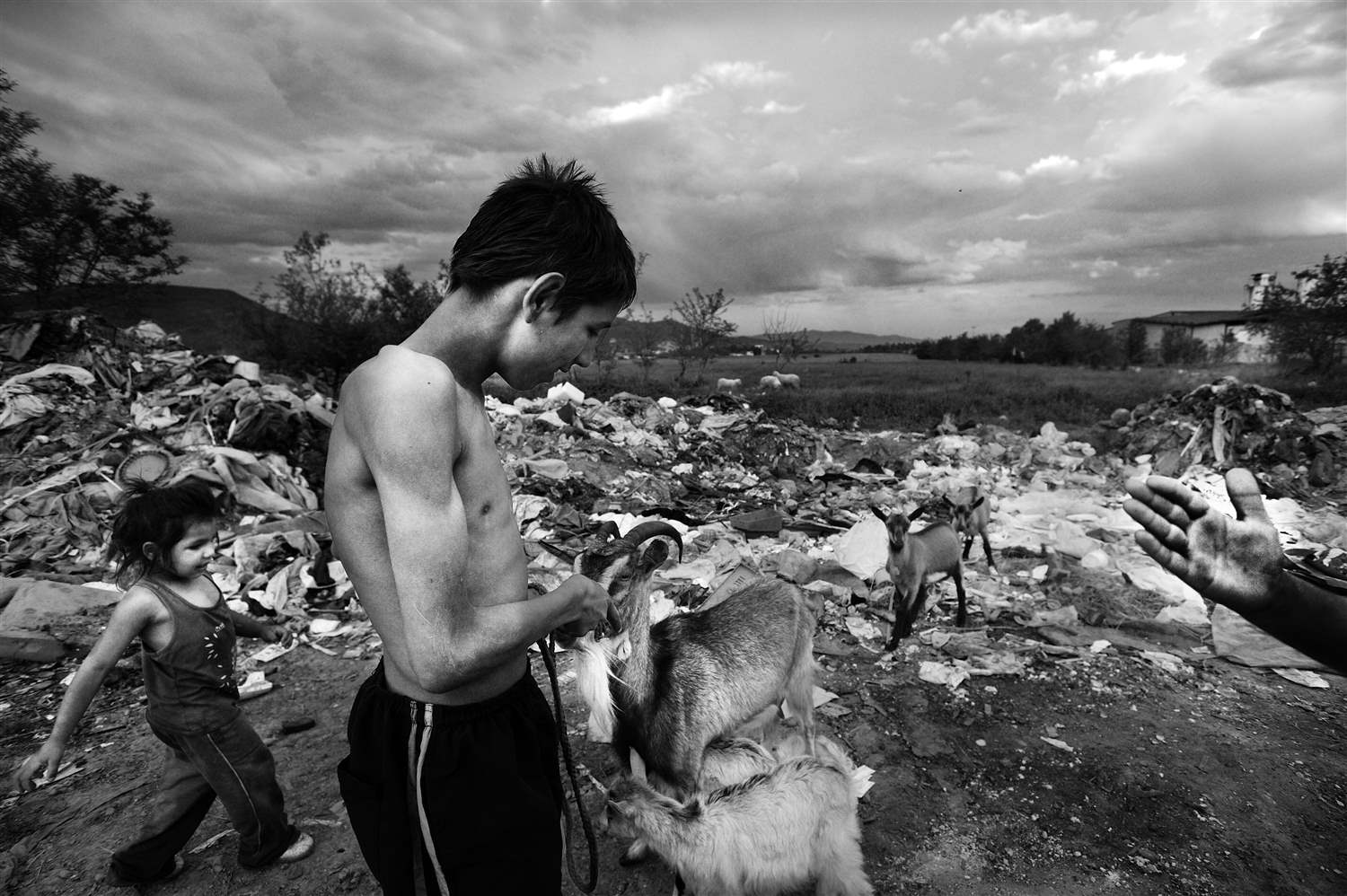

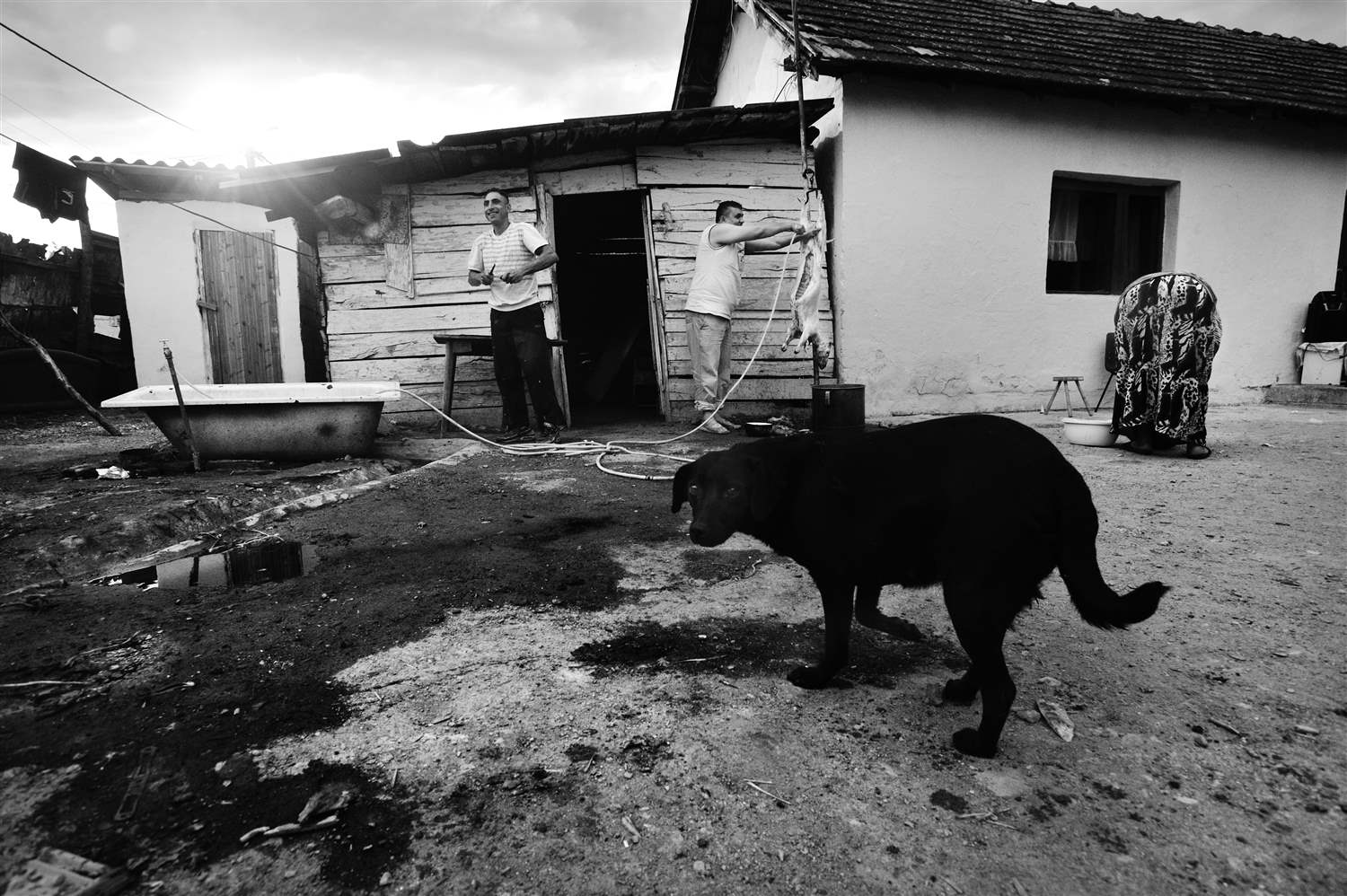
It wasn’t my primary intention to speak about the hardships of the Roma community. I just took part in the feast with them, and tried to penetrate their culture. The day of the celebration of St. George they really made me feel like one of them, everything was happy and joyful, and no one had any worries.
The idea was just to show the face of a community without falling into stereotypes to show that Roma people are not only ‘gypsies’. To make people aware that beauty, a light mood, kindness and happiness also apply to Roma people, which too often are marginalized and stigmatized, and condemned as ‘bad people’. As an old Romani proverb says, ‘bad people don’t sing’. But the Roma do.
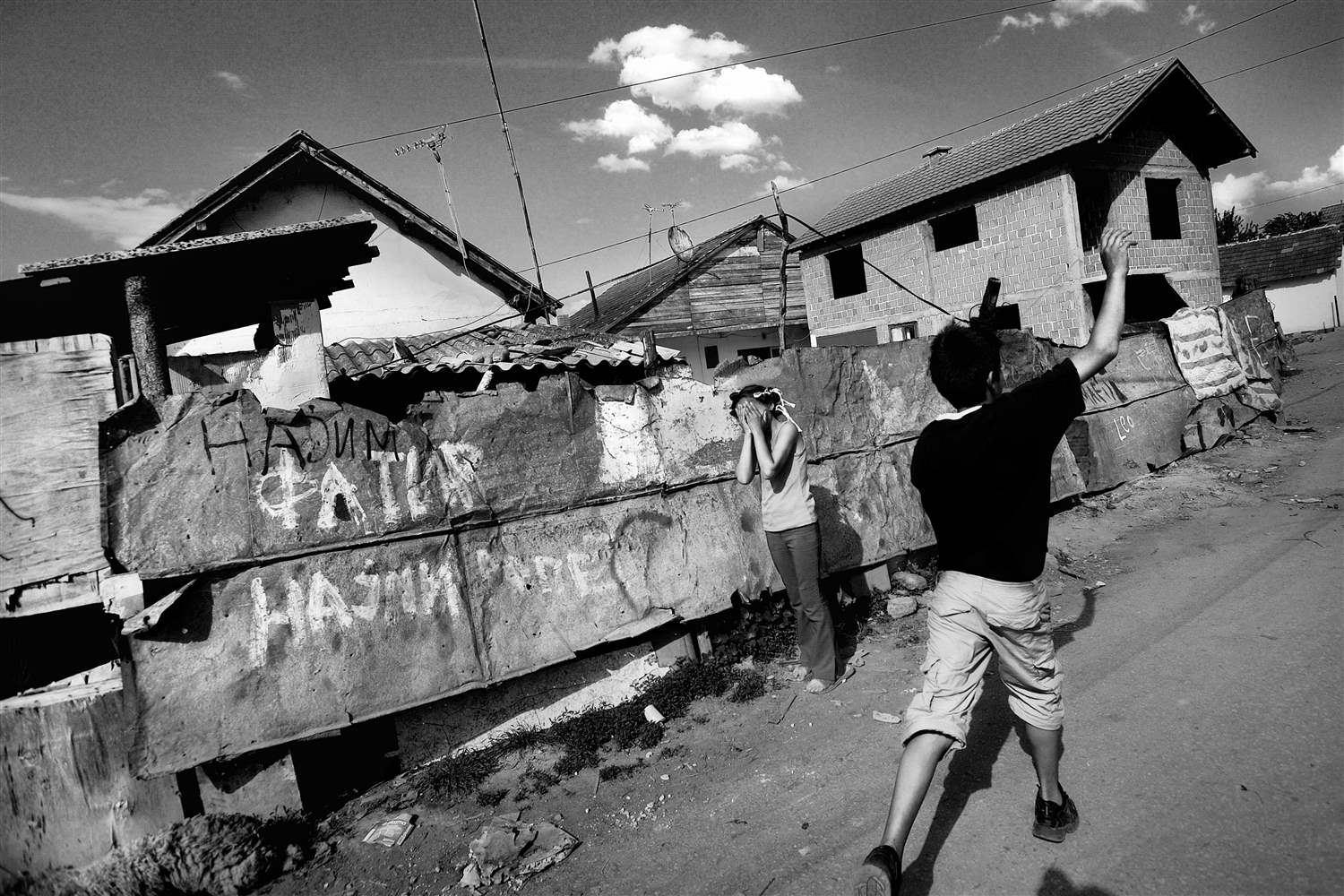
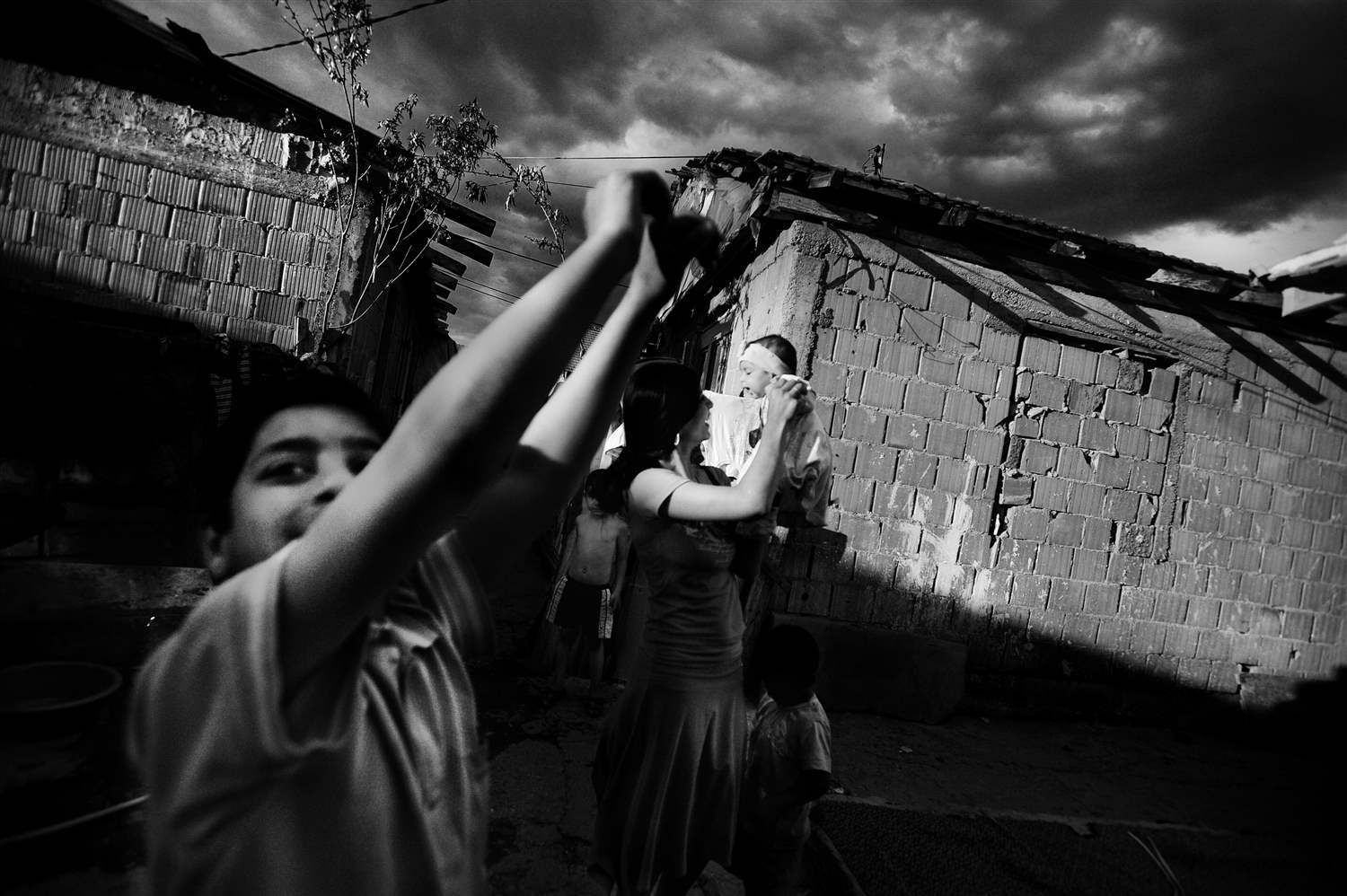
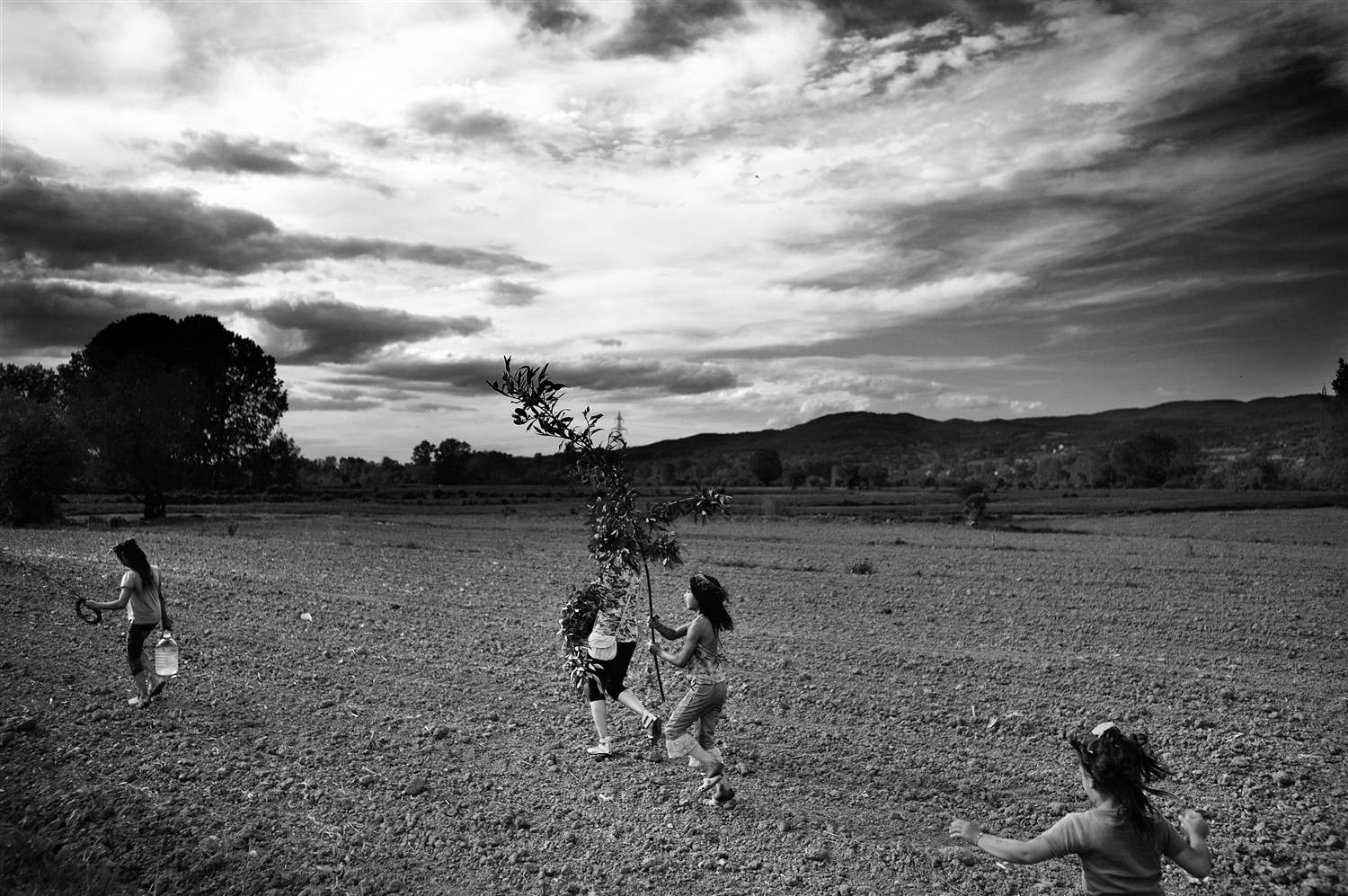
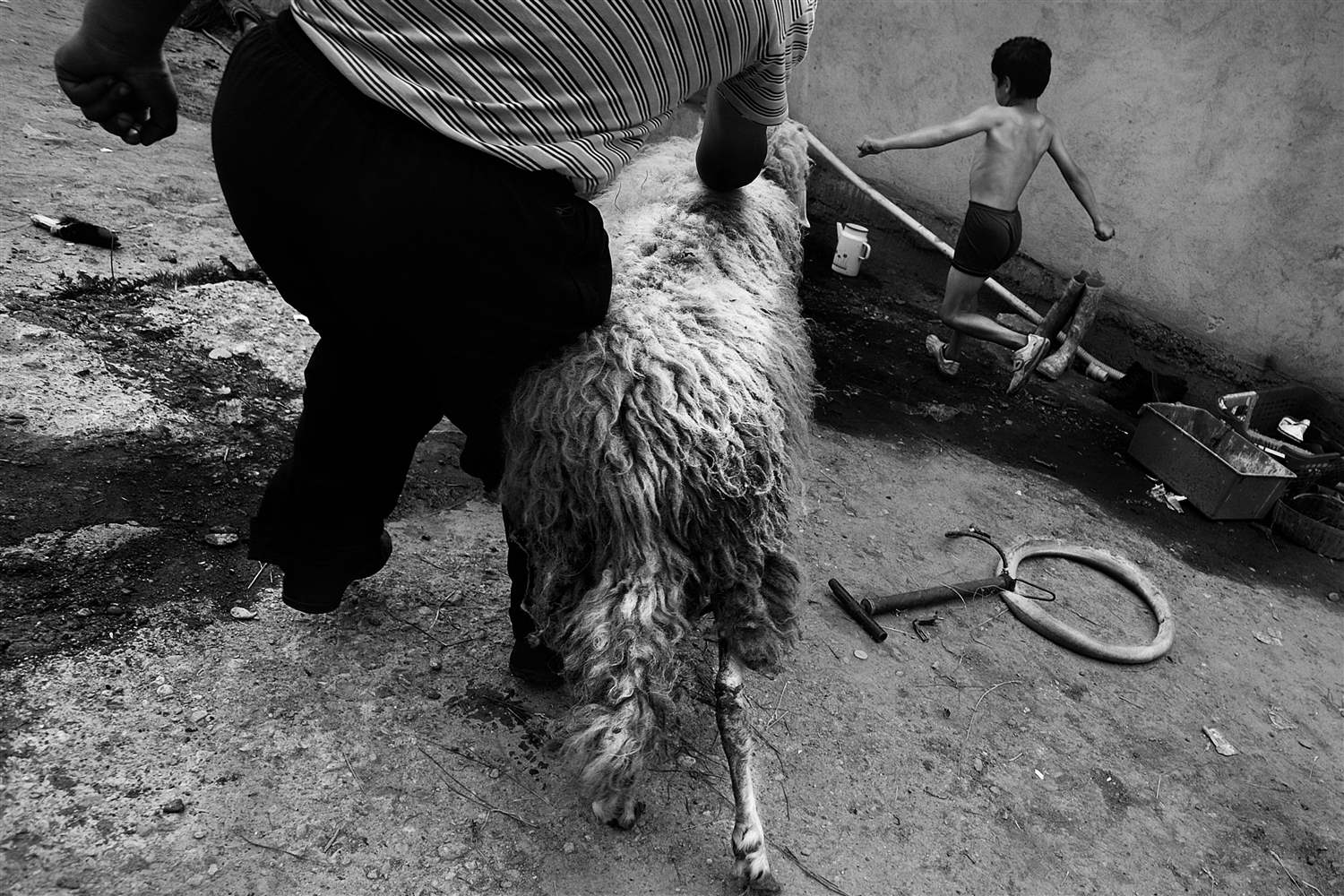

New and best
